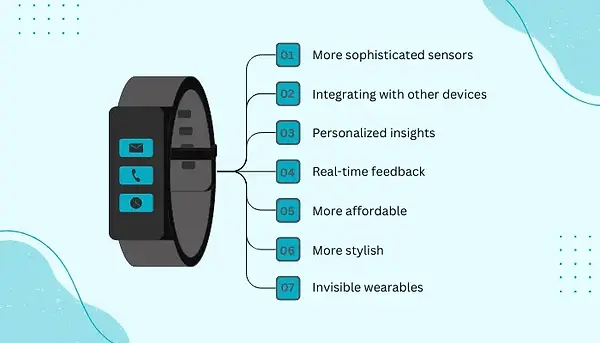Create Your First Project
Start adding your projects to your portfolio. Click on "Manage Projects" to get started
Project Title
Project Type
Photography
Date
April 2023
This is where the project description goes. Give an overview or go in depth - what it’s all about, what inspired you, how you created it, or anything else you’d like visitors to know. To add Project descriptions, go to Manage Projects.
🧩 Challenge
With wearable tech becoming increasingly performance-focused, a company approached us to validate an unreleased wearable’s ability to estimate metrics used by runners and coaches to evaluate performance, injury risk, and running economy.
The Question:
Can this new device deliver lab-level insights in a real-world training environment — and do users actually trust the data?
Before launching the product, the company needed insight into both the data accuracy and the user experience of setup, wearability, and interpretation.
Project Timeline:
🧪 Solution
We conducted a comparative research study between the prototype and a benchmark wearable to assess agreement
Beyond data, we ran alpha testing, A/B validation, and intercept usability interviews to uncover technical inconsistencies and real-world friction points — all of which shaped the design of Version 2.
🎯 Research Goals
To help the product team prepare the wearable for public release, we set out to:
• Compare the prototype’s data to a known valid device across multiple running speeds
• Identify any accuracy limitations based on sensor placement and motion capture
• Understand runners’ experience setting up and using the device in real time
• Provide usability recommendations for refining the product pre-launch
🔬 Research Methodologies
As lead researcher, I designed a hybrid protocol integrating lab-grade biomechanical testing with in-the-moment user feedback
👟 Wearable Device Testing
Individuals completed laboratory testing using two devices
🧑🔬 A/B Analysis + Alpha Testing
We ran both devices side-by-side during testing and evaluated validity and pain points such as:
• Agreement of outputs
• Sensor drift or failure events
• Issues with syncing, mounting, or movement artifacts
💬 Intercept Usability Interviews
After testing, participants gave immediate feedback:
🔍 Insights
✅ Comparable Output, Inconsistent Agreement
While the prototype showed no significant difference in average metrics compared to the benchmark; however speed had an effect on sensor accuracy and movement
⚠️ Sensor Placement Affected Data
Device placement introduced variability. Users often misaligned sensors despite instructions — a key UX opportunity.
😐 Low Trust in Metrics
Participants struggled to interpret device & app metrics. They wanted more context:
“Is that good? What does that even mean?”
“I wouldn’t know if I was improving without a coach explaining it.”
👎 Setup was Cumbersome
Users took longer than expected to attach all three pods correctly. One participant said:
“If this was part of my everyday warm-up, I’d give up.”
🧠 Concept & Application
Our findings informed both hardware and software redesigns. For the next version, we recommended:
• Simplifying device placement and auto-detection of positioning
• Adding in-app onboarding flows with visual cues
• Reframing stiffness data into interpretable language
• Providing feedback in real time, not post-hoc, to support pacing and form correction
🔄 Impact on UX
This project blended wearable performance testing with user-centered research to uncover both algorithmic blind spots and experience gaps.
Accurate data is only meaningful when:
-
Users understand what it means
-
The setup is seamless and trustworthy
-
It aligns with real user goals (better form, reduced injury, personal progress)
By grounding the redesign in both physiological validation and user feedback, we helped shape a more intuitive, credible product that runners could rely on.



